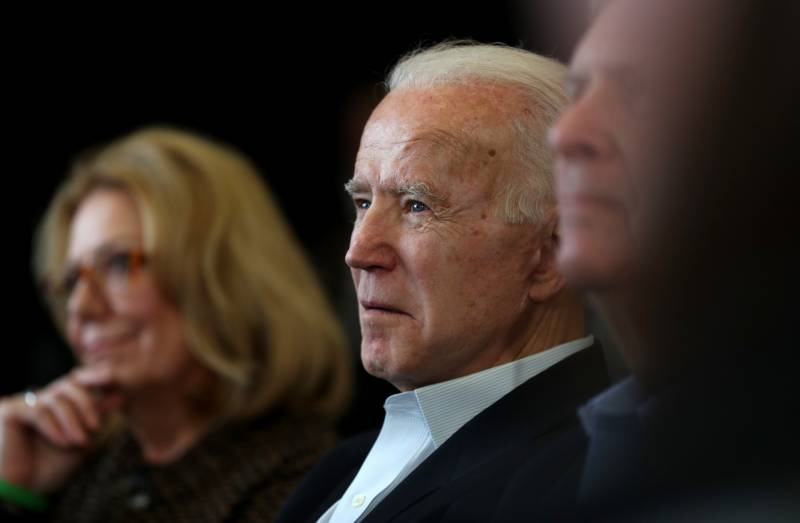Getting Specific
• Biden surprised some activists and pundits in June when he presented his campaign’s first climate platform. It went further than many of his previous positions, and embraced the Green New Deal as a “crucial framework.”
• Biden foresees $1.7 trillion in spending over the next 10 years, and $3.3 trillion in investments by the private sector and state and local governments.
• He wants Congress to pass emissions limits with “an enforcement mechanism … based on the principles that polluters must bear the full cost of the carbon pollution they are emitting.” He said it would include “clear, legally binding emissions reductions,” but did not give details.
• In July, Biden released a policy agenda that aims to boost the rural economy, in part by expanding a program that will pay farmers to use farming techniques that store carbon in the soil.
• His plan also calls for support for economically impacted communities. He was slow to agree with activists’ calls for him to swear off campaign contributions from fossil fuel interests, but did sign the No Fossil Fuel Funding pledge on June 27.
ICN’s Take
Biden has signaled he will embrace central concepts of the Green New Deal — that the world needs to get to net zero greenhouse gas emissions by 2050 and that the environment and economy are connected. He was slower to do so, and for that reason he has faced criticism from young, impatient voters.
That compounds the challenge of explaining Senate votes that took place a long time ago. But Biden is known for his ability to communicate with blue-collar voters who abandoned Democrats for Trump, as well as older voters who have turned out in the past.
Read Joe Biden’s climate platform.
InsideClimate News is a nonprofit, independent news organization that covers climate, energy and the environment. Sign up for the ICN newsletter here.
